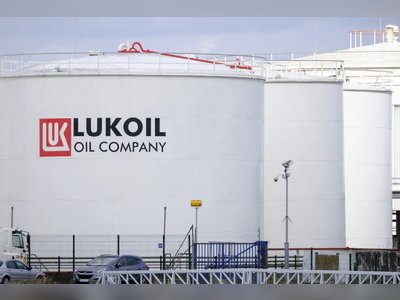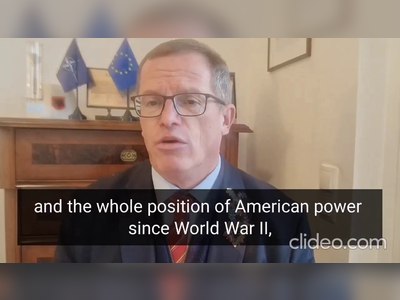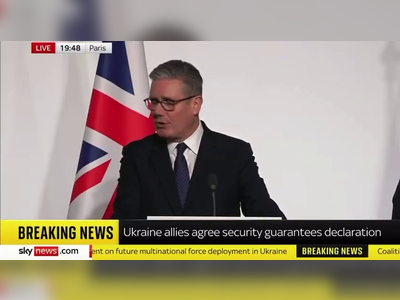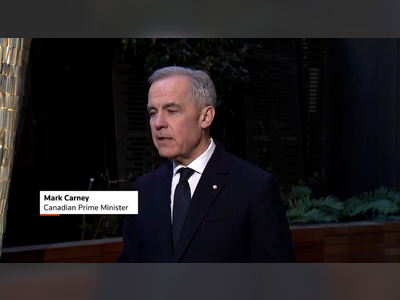UK’s Clean Energy Plan for 2030: A Path to Green Transformation
Ambitious Targets and Challenges in Britain's Clean Energy Transition
The Labour government's plan to transform Great Britain into a green energy superpower by 2030 is taking shape, backed by an independent report from the National Energy System Operator (Neso).
The key question is whether it's technically feasible by the end of the decade.
Neso's report outlines twin pathways to achieving a clean electricity system, conditional on urgent acceleration of the green agenda.
The transition, while costly, promises a significant reduction in reliance on volatile global gas markets, potentially reducing electricity costs by over 10% through increased use of renewable energy.
However, support for renewable projects will see levies rise from £12bn in 2024-25 to £14.8bn in 2029-30, impacting energy bills.
Households may mitigate these costs by using electricity during off-peak times.
Despite shutting down its coal power plants, the UK will continue utilizing gas power plants for backup energy, albeit in a reduced role, comprising less than 5% of the power generation mix.
By 2030, the UK plans to have 35GW of gas plants on standby, only slightly down from 37.4GW today.
For renewable energy, mass deployment of offshore wind is critical, with a target of 50GW or 43GW in Neso's scenarios, up from 15GW currently.
Onshore wind and solar are also expected to increase sharply, with onshore wind capacity doubling and solar tripling.
There will also be a significant ramp-up in battery storage capacity.
Connecting these projects to the grid will necessitate substantial infrastructure investment, with £60bn needed for 1,000km of onshore and more than 2,800 miles of offshore network lines.
The current grid connection process, plagued by long delays, requires reform to prioritize ready-to-advance projects.
The clean energy system will also rely on 'carbon neutral' biomass, and gas plants with carbon capture and storage (CCS) or hydrogen technology could play roles, especially if offshore wind targets fall short.
Nuclear power will also have an extended role, with plans to bring Hinkley Point C online contributing up to 4.1GW.
The key question is whether it's technically feasible by the end of the decade.
Neso's report outlines twin pathways to achieving a clean electricity system, conditional on urgent acceleration of the green agenda.
The transition, while costly, promises a significant reduction in reliance on volatile global gas markets, potentially reducing electricity costs by over 10% through increased use of renewable energy.
However, support for renewable projects will see levies rise from £12bn in 2024-25 to £14.8bn in 2029-30, impacting energy bills.
Households may mitigate these costs by using electricity during off-peak times.
Despite shutting down its coal power plants, the UK will continue utilizing gas power plants for backup energy, albeit in a reduced role, comprising less than 5% of the power generation mix.
By 2030, the UK plans to have 35GW of gas plants on standby, only slightly down from 37.4GW today.
For renewable energy, mass deployment of offshore wind is critical, with a target of 50GW or 43GW in Neso's scenarios, up from 15GW currently.
Onshore wind and solar are also expected to increase sharply, with onshore wind capacity doubling and solar tripling.
There will also be a significant ramp-up in battery storage capacity.
Connecting these projects to the grid will necessitate substantial infrastructure investment, with £60bn needed for 1,000km of onshore and more than 2,800 miles of offshore network lines.
The current grid connection process, plagued by long delays, requires reform to prioritize ready-to-advance projects.
The clean energy system will also rely on 'carbon neutral' biomass, and gas plants with carbon capture and storage (CCS) or hydrogen technology could play roles, especially if offshore wind targets fall short.
Nuclear power will also have an extended role, with plans to bring Hinkley Point C online contributing up to 4.1GW.











